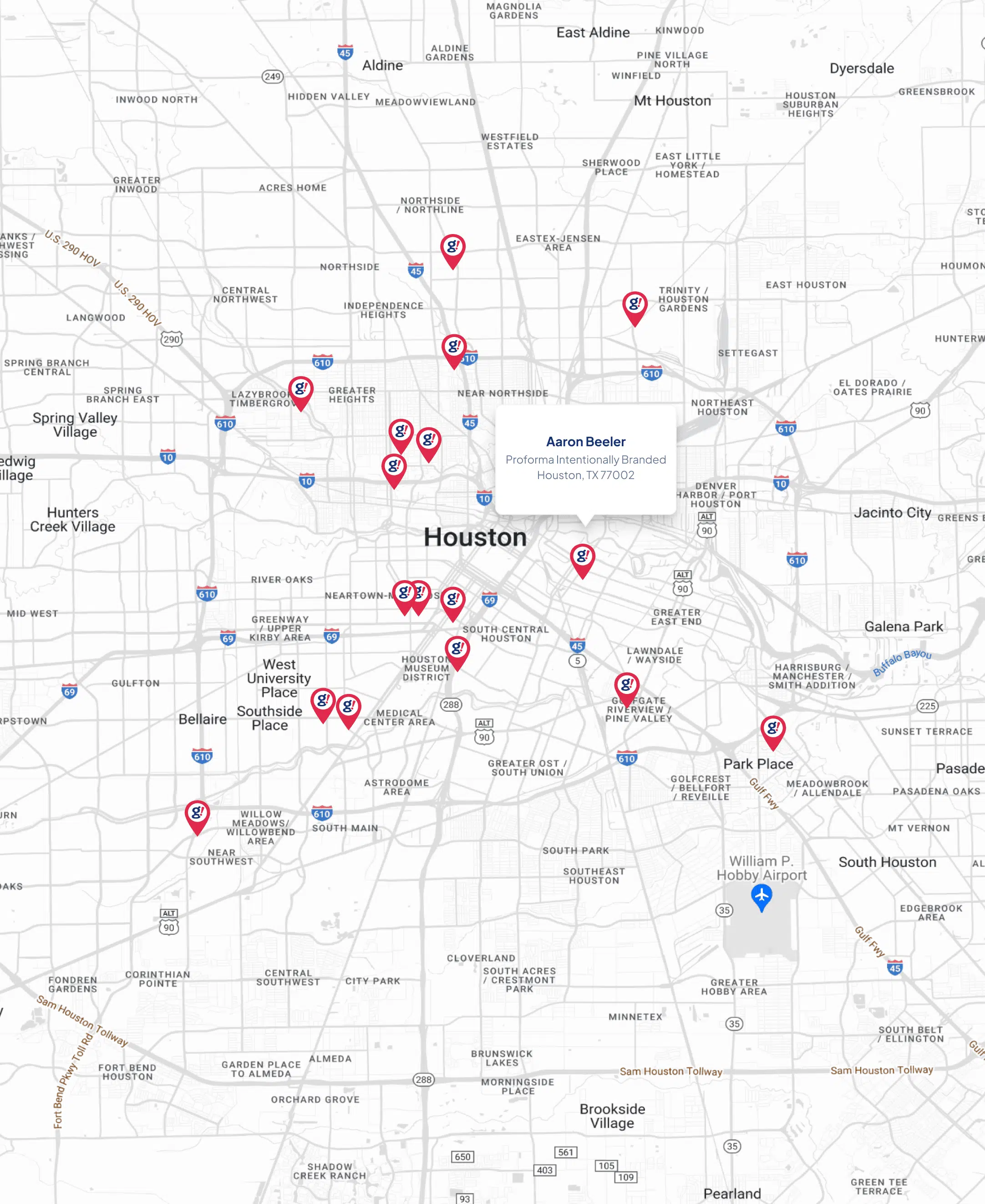Artificial intelligence is powering a radical shift in marketing
- Updated on: 2019-01-15
- Read original article here

It has been a bleak year for print advertising. This month the Daily Mail and General Trust, Britain’s biggest news industry company, announced that ad revenues for this year have slipped by £15million in its print components, but rose sharply by £19million from its website. Advertising giant WPP dramatically cut its growth forecast over the summer, highlighted the challenges that traditional conventional companies face as they continue to struggle in the new marketing climate. Traditional forms of advertising are beginning to lose their appeal quickly, budgets are cut and media moves online, as newly emerging marketing possibilities are beginning to be driven by technology. But it is not enough to simply translate the same adverts into virtual media. The proliferation of ads online has made it increasingly difficult for brands to make their voices heard – in a world inundated with information, passive selling is no longer likely to be successful. To deal with the sheer scale of modern retail, businesses need to re-examine their tactics. Sellers need to address this by moving from the art of advertising to the science of active digital marketing.
With this reduction in advertising budgets, costly campaigns across traditional media forms such as print and broadcasting have become less sustainable. As online marketing can be made visible to an increasingly large audience, growing numbers of large companies are moving their advertising online.1 But the trouble is that, whilst the internet helps businesses to reach a wider audience, it also allows a much larger number of advertisers to try and address that audience. The proliferation of social media and digital marketing has brought a deafening level of adverts online which has lead, in turn, to a host of ad-blocking extensions – whose usage rose 30% last year. In effect, the sheer volume of adverts online mean that many consumers have taken the steps to make sure they no longer see adverts at all.
So what can marketers do, if traditional media is too costly, and online adverts struggle to stand out and get through to the right customers? Many have realised that the answer lies in data. Most companies have it in buckets, particularly about existing customers. Brick-and-mortar retailers can see what is being purchased in store, which customers are making those purchases, and when. Online retailers often have information about website traffic, product taste, and demographic details such as age and gender. Retailers have access to large amounts of data about their customers and their spending habits, and, if used correctly, this data can be a goldmine of marketing insight.
Of course, this kind of data only tells companies relatively superficial details about a huge number of customers. An intelligent process is needed to sort through all of this, and find a way of using it to gain deeper insight. This is where AI and data analytics come in. The customer base can be segmented into small targeted groups based on key data. This can often be information about how long the customer has been shopping with the company, and whether they are low-, medium- or high-value customers.
Once a segment with key common purchasing and/or demographic traits is identified and isolated, marketers can develop a variety of different, personalised marketing strategies to it. Automation tools can then implement these strategies through various channels, such as Google Display Network, personalised emails, SMS and mobile push messaging. By taking one segment ad dividing it into sample groups, marketers can try different marketing strategies on each sample, such as promotions or targeted ads. The revenue that each strategy produces can then be directly measured through the purchases these customers make. By experimenting with these different approaches, marketers create an optimum combination of marketing strategies and channels for each segment, to boost a positive outcome.
Once these trials start delivering results, the relatively large starting segments can be further narrowed down, at the same time as marketing strategies are perfected. AI tools can be used to sort through the results, making observations on which parts within every group are most responsive to different strategies to discover subsections in each segment. Analysing these high-responding subsections, the programmes can note what specific traits they have in common, improving understanding of which data is useful, and not. The programme can then select the most relevant campaigns, dependent on each recipient. Adore Me, a subscription-based lingerie brand, has utilised this exact method. Starting with only five distinct segments of its customer base, it used AI programmes to further identify sixty-six distinct customer personas, to whom they could market in a more personalised fashion that suited the customers of each persona best. This creates a spectrum of impact where every segment can be influenced positively, and differently. Within just a few months of starting this technique, the company increased its revenue by 15%.
Narrowing down the customer base into distinct personas who respond to marketing in similar ways means that marketers can continue to develop distinct strategies that work on each distinct persona. This kind of individualisation means that strategies can be honed to keep previous customers returning; to turn one-time buyers into loyal customers, and encourage returning consumers to buy more. This shifts the way advertising and marketing have traditionally been conceptualised. Marketers can generate maximum revenue from existing customers, rather than focusing on attracting new ones, and, as 74% of people say word-of-mouth is the most important factor in buying from a brand, this investment in the existing customer base will draw in new customers automatically.
The real advantage of this kind of strategy is that it can be constantly self-improved. Each trial can take the conclusions of the last and build upon them. As more data is collected, AI tools can be used to analyse probabilities and make predictions about how these persona groups develop and change, and how customers will move around and between different groups over time.
The era of traditional, over-sized, broad-stroke advertising campaigns is drawing to a close, but it is not enough to shift the passive selling techniques of advertising to an online format. Marketers should make the most of data and automated processes. The existing customer-base should be engaged with a wide variety of marketing strategies through different channels, and the effects of each strategy in each group of customers measured through the revenue that is created. Marketers can then use AI programmes to hone down these groups into distinct, homogenous personas. By digesting the customer base into different personas who can be actively sold to in personalised ways, marketers can develop the perfect brand experience for each customer, generating more revenue and expanding clientele via word-of-mouth. Marketers need data analytics and AI to keep up with the latest developments in digital marketing, utilising data efficiently so that the perfect marketing mix can reach each customer.



